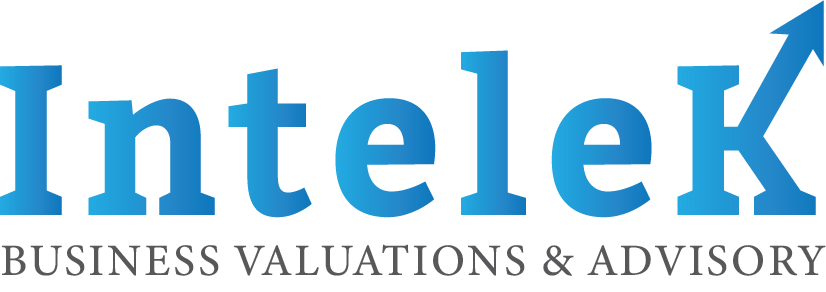Business Assets
A business asset is a resource owned by a business that is expected to generate or provide a benefit (generally in the form of money). An example is a machine (resource) that produces products that are then sold (which generates benefits). Business assets are recorded on the balance sheet and can be classified as current, non-current, fixed, financial, and intangible.
Types of Business Assets — Current Assets and Non-Current Assets
Current assets can be converted into cash within a year (e.g., cash, accounts receivable, etc.). On the other hand, non-current assets are those which have a useful life of longer than one year (e.g., properties, motor vehicles, trademark, investments, etc.). Normally, fixed and intangible assets are non-current assets, while financial assets are generally current assets.
Tip: generally speaking, depending on the type of business, current assets should always be higher than current liabilities. If not, this would indicate that a company could have liquidity issues.
Financial Assets
Financial assets receive their value from a contractual right or ownership claim. Such assets can be in the form of cash, stocks, bonds, bank deposits, etc., and are generally liquid. However, stocks of closely held businesses can take more than one year to convert to cash. For this reason, financial asset can be both current and non-current assets.
Fixed Assets
Fixed assets are non-current physical goods such as properties, machinery, vehicles, etc. One important characteristic of fixed assets is that they can be depreciated over their useful life, which depends on the type of asset (in other words, whether it is computer equipment, real estate, etc.). Depreciation is recorded in the profit and loss statement as an expense, and is equal to a percentage of the value of the fixed asset. The benefit is that depreciation will reduce your income tax liability.
Tip: governments will have different incentives when it comes to depreciation. They sometimes allow for the complete value of a fixed asset to be written-off as depreciation, which reduces your company’s tax liability significantly.
Intangible Assets
Finally, intangible assets are non-physical assets that generate benefits for a company, such as goodwill, brand recognition, patents, or trademarks. A benefit of intangible assets is that some can be amortized, and this amortization can then be recorded as an expense in the profit and loss statement, thus reducing your taxable income. The amortization value is determined based on the useful life of the intangible asset and its value. Determining the value of an intangible asset can be an expensive process that requires obtaining a specialist appraiser. However, the amount of taxable income reduction via amortization makes it worth any business’ time and resources to do so.

Examples of Business Assets
Current Assets:
- cash
- accounts receivable
- safety deposits
- provisions for tax liabilities
- inventory
- shareholders loans
Financial Assets:
- cash
- stocks
- bonds
- bank deposits
Fixed Assets:
- furniture
- machinery
- motor vehicles
- real estate
- office equipment
- leasehold improvements
Intangible Assets:
- patents
- trademark
- goodwill
- customer lists and relationships
- software





